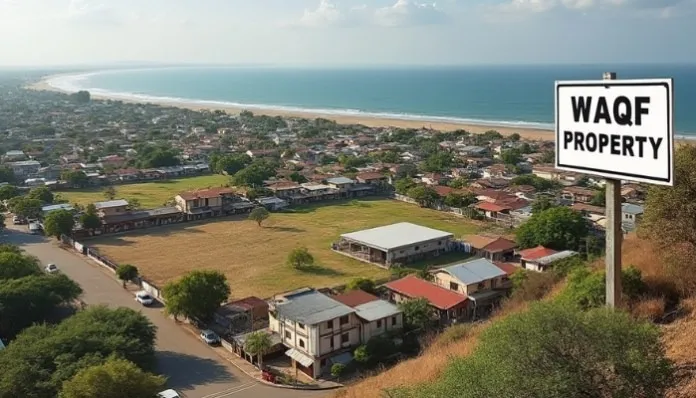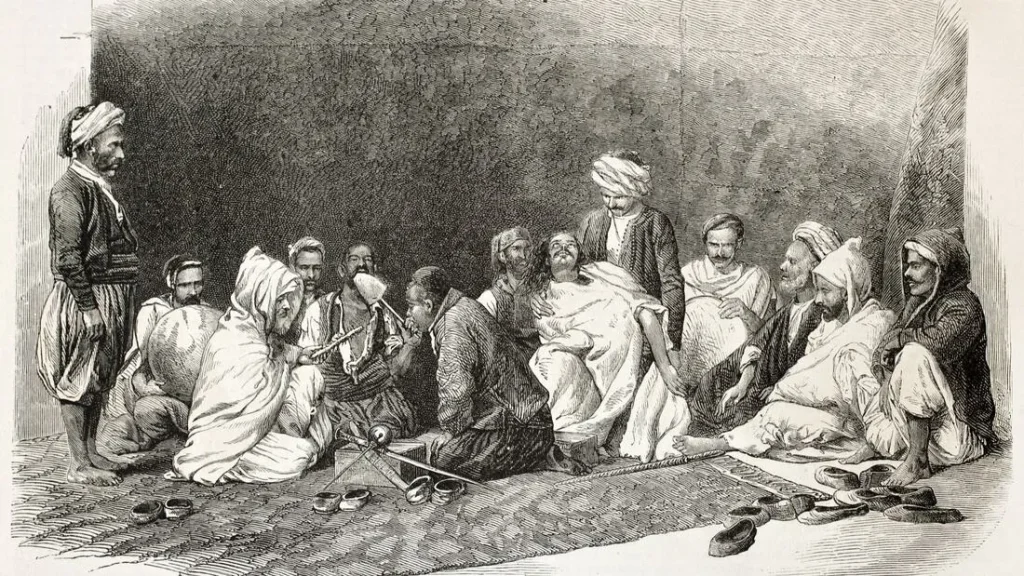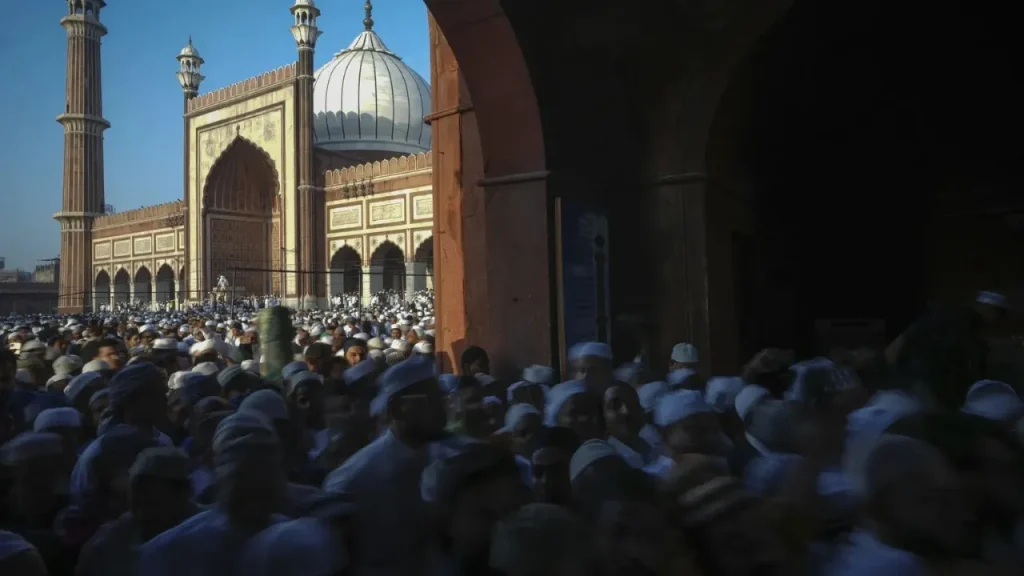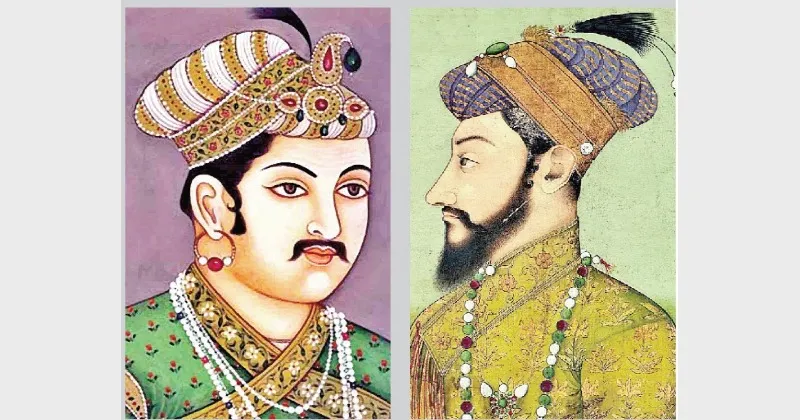The Waqf Board in India oversees properties donated for religious and charitable purposes under Islamic law. These assets are typically used to support mosques, dargahs, madrasas, graveyards, and various community welfare initiatives. Once designated as Waqf, the property is considered irrevocable and is meant to serve the public in perpetuity.

Over time, a number of historical figures—including monarchs, religious leaders, and wealthy patrons—have donated land and resources to Waqf institutions. According to various historical records and reports, some of the largest land contributions to the Waqf system came from the Nizams of Hyderabad, along with other rulers and affluent families.
Nizams of Hyderabad Among the Largest Contributors
Reports commonly identify the Nizams of Hyderabad as being among the top donors to Waqf properties in India. The Nizams ruled the princely state of Hyderabad from the early 18th century until India’s independence and subsequent integration of Hyderabad in 1948.
Among them, Nizam Mir Osman Ali Khan (Asaf Jah VII) is frequently cited for making large-scale donations of land. He reportedly gifted thousands of acres to the Waqf Board, particularly in the Deccan region, for religious, educational, and social welfare uses.

Purpose of the Donations
As per the reports, the properties donated by the Nizams were earmarked for the establishment and maintenance of mosques, Islamic schools (madrasas), shrines (dargahs), orphanages, and graveyards. These donations were in line with Islamic charitable traditions and the legal framework of Waqf, which requires such properties to be dedicated permanently to God and used for public benefit.
Philanthropy Beyond Waqf
Historical records also suggest that Mir Osman Ali Khan made generous contributions to non-Islamic religious institutions. He is reported to have donated to the Tirupati Balaji Temple, the Yadgirigutta Temple, and even the Golden Temple in Amritsar. These donations were reportedly made in the spirit of interfaith goodwill and public service.
Other Historical Donors to Waqf
In addition to the Nizams, Mughal emperors like Akbar, Shah Jahan, and Aurangzeb are reported to have donated land to the Waqf system. These contributions were directed toward building religious and educational infrastructure in key cities such as Delhi, Agra, and Hyderabad.

Female royal figures such as Jahanara Begum, daughter of Emperor Shah Jahan, are also noted in historical documents for their endowments to Waqf institutions.
Donations from Followers of Sufi Saints
Followers of influential Sufi saints, including Hazrat Nizamuddin Auliya (Delhi) and Khwaja Moinuddin Chishti (Ajmer), reportedly played a significant role in growing Waqf assets. Many of them are believed to have donated land and property to maintain the saints’ dargahs and support associated charitable works.
Other sites, such as the dargahs of Salar Masood Ghazi (Bahraich) and Baba Farid (Punjab), also received donations from followers and local elites.
Role of Wealthy Families and Industrialists
Beyond royal and religious donors, reports mention contributions from affluent Muslim traders, landlords, and philanthropists. Figures such as Sir Syed Muhammad, the Vakeel family of Ahmedabad, and more recently, Wipro founder Azim Premji, are said to have donated to Waqf institutions involved in education, healthcare, and religious learning.
Educational centers like Darul Uloom Deoband and Nadwatul Ulama are also known to have received substantial support through Waqf endowments.

Present-Day Relevance
As per recent estimates, the Waqf Board in India manages over 872,000 registered properties and more than 940,000 acres of land. Major cities such as Delhi, Hyderabad, Lucknow, and Ajmer host a significant portion of these assets.
These properties continue to generate income for religious and social work, though land disputes and administrative challenges remain a common concern. Questions around ownership rights, misuse, and transparency have been frequently raised in public and legal forums.
Based on available records, the Nizams of Hyderabad, particularly Mir Osman Ali Khan, are often considered the largest individual contributors to the Waqf Board in India. Along with contributions from Mughal rulers, Sufi followers, and wealthy Muslim families, these donations have played a significant role in shaping the religious and social landscape associated with Waqf properties in the country.
